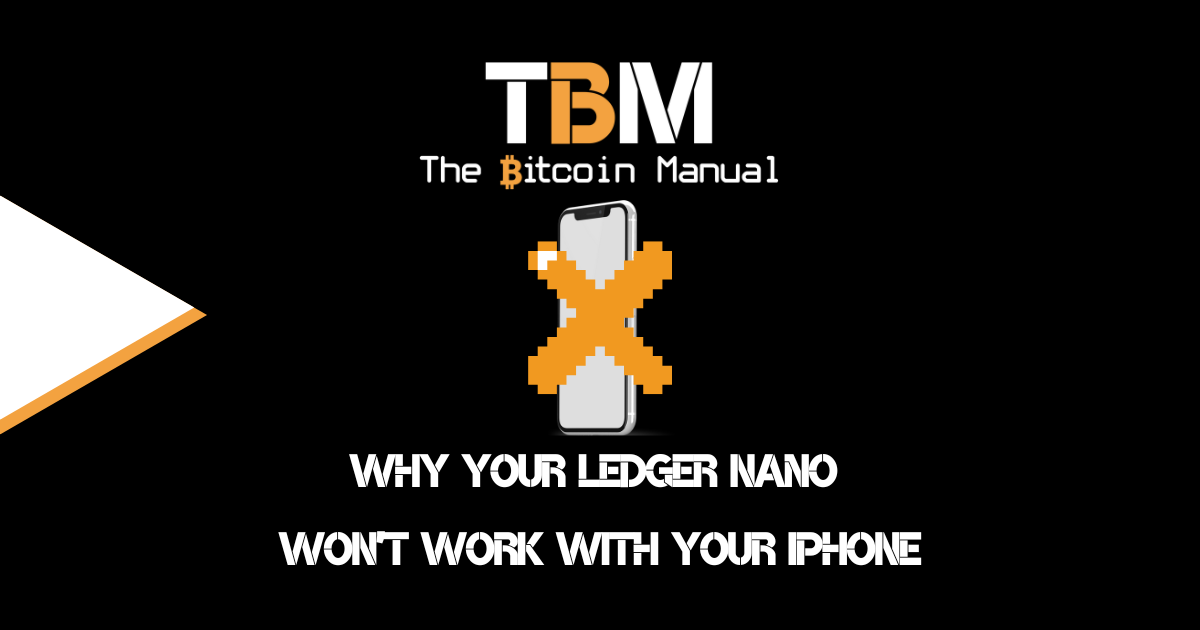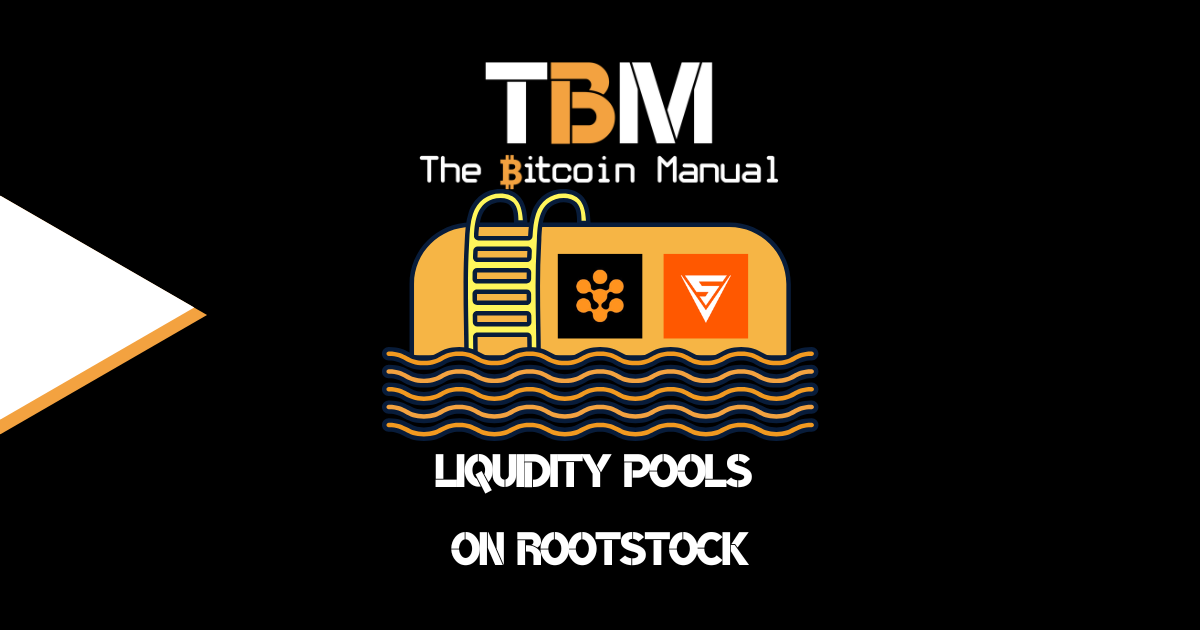Nostr is a decentralised network because there is no central server and company housing all user data. Instead, it is based on cryptographic keypairs (private and public keys) that are used to create data associated with that key. Once you create a private key, you will automatically have a public key; you will use your private key to create “notes” or information such as posts, likes, upvotes, gaming scores, and basically anything your preferred client interface allows you to create.
When you create a note, it is broadcast to a relay; think of these relays as distributed servers worldwide. Anyone can run a relay on their computer, or server, or set up on a third-party server, while the protocol will be the same; where you host your relay doesn’t really matter, as long as you’re happy with the trade-off.
Some people want full control over their relays, while others will be happy to have their infrastructure running with a service provider instead. This simple open protocol can create a censorship-resistant global “social” network once and for all as long as relays are willing to support the network and the user’s content.
Relays are the backbone of Nostr.
The amount of relays is what gives Nostr it’s an element of decentralisation, similar to how bitcoin full nodes are distributed, and there is no single source of truth that we all rely on. Since Nostr doesn’t rely on any trusted central server, it is resilient; and when used in combination with cryptographic keys and signatures, it is tamperproof from a protocol standpoint.
It can be tamperproof from an individual’s perspective as long as you keep your keys safe.
Today Nostr is still very much a work in progress, and anyone who has given it a try will know that it can be slow and sluggish at times, but as the technology improves and more relays come online, we should see the user experience improve in leaps and bounds.
When you interact with a Nostr client, you, the individual user, need to pick the relays you would like to broadcast on and hold your data, which is then displayed on interfaces for users to interact with and engage with you. You can use the default relays a client suggests, or you can add other relays that you prefer.
The relays currently available are run by enthusiasts, who make their servers available to you at no cost. Still, as the protocol scales and new users come online, this might not be the most viable option.
As a relay owner and Nostr user, you have several options in how you run or interact with relays, all with different trade-offs.
1. Public relay
The public relay is likely the type users would interact with the most simply because clients will have many of them connected as default options. This helps bootstrap the network and make it easier for users to onboard without having to deal with technical issues. The public relay is free for all, and these kind souls make their resources available to users at no cost.
2. Private relay
If you want to use Nostr but don’t want to host your content on one of these public relays, you could spin up one of your own. As a private relay, you could choose only to host your information, or you could make it available to a select few individuals like your friends and family.
3. Paid relay
As you can imagine, if any user can broadcast to a relay and you’re using that service, you might experience certain shortcomings, either in the performance of returning data or dealing with spam issues.
Paid relays could be an option in the future, where relay operators provide you with high bandwidth support. Hence, your experience is much smoother and provides users with added features such as data archiving, content filtering and protection against spam.
Paid relays could be a premium service for users who require more resources either because they create a lot of content, interact with a host of different Nostr clients that all have different data requirements or because they have a large following and would therefore require more bandwidth and storage.
4. Whitelisted relay
Suppose spam is a concern for a relay that doesn’t wish to waste its resources and run a tighter ship; it could mitigate the proliferation of spam and can require payment for publication or some other form of authentication.
The authentication could be in the form of a NIP-05 verified account based on certain domains or providing personal information like an email address or phone, which can be associated internally with a pubkey that then gets to publish to that relay — or other anti-spam techniques, like hashcash or captchas. If a relay is being used as a spam vector, it can easily be unlisted by clients, which can continue to fetch updates from other relays.
While listed relays could also be used by companies or communities that wish to keep their communication in a gated community. Whitelisting relay owners could be the backbone for clients offering private invite-only Facebook Groups or Paid Telegram and Discord servers. Users will need to apply, pay a fee, subscription or both to gain access to this relay and the data held on it.
5. Application-specific relay
The relays you interact with today are fairly generalised, but this won’t always be the case as new clients, and use cases are applied to the Nostr ecosystem. To give you an idea of how relays could become specialised, consider the following use cases.
- You could have a relay that hosts your short-form content for your “Twitter” content.
- You could have a relay that hosts your high scores for the games you play.
- You could have a relay that hosts your long-form content if you’re a blogger, like a substack or medium writer.
- You could have a relay that hosts your rating reviews, such as Google Maps, Yelp, IMDB or TripAdvisor.
- You could have a relay that hosts the subscriptions to different newsletters or paywall blogs you read.
- You could have a relay that hosts your fantasy football or bets you like to make with friends.
Instead of having an account with every one of these services tied to an email, you could seamlessly log in to any of them with your public key and prove your ownership of the account. The client would then pull from the specific relay designed to house and recall those datasets and formats.
Where can I find Nostr relays?
If you’re looking for Nostr relays to connect with your preferred client, you can find a list of them here
Run your own Nostr relay
If you like the sound of Nostr and want to get involved in supporting the network, or you refuse to trust anyone with your data and prefer to run your own relay instead, check out the following guides on how to set up one for yourself.
Do your own research.
If you’d like to try out Nostr or want to learn more about it, we recommend checking out the following resources to kickstart your research.
Are you on Nostr?
If you are a Nostr user and want to hang out and chat with us or follow our content on your preferred Nostr front end, feel free to add us using our PubKey below.
7ecd3fe6353ec4c53672793e81445c2a319ccf0a298a91d77adcfa386b52f30d
The Bitcoin Manual’s Nostr Pubkey




